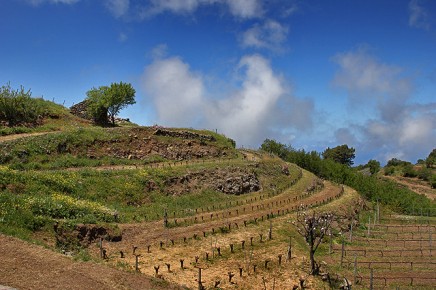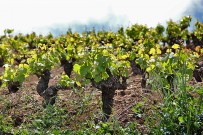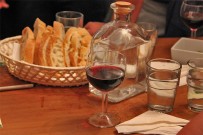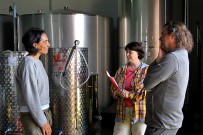-

-
We are specialists for your holidays in La Palma. With personalized assistance on-site.

Ulrich & Evelyn Roth -
Our service numbers
Write e-mail+34 822 68 00 89
+49 7442 819 85 90
We're available from Monday to Friday from 10:00 a.m. to 6:00 p.m., and Saturdays from 10:00 a.m. to 1:00 p.m.
-
Accommodations
- with pool 92
- on the seaside 47
- with internet 210
-
Northwest >>
127
- Aguatavar 7
- Arecida 6
- El Castillo 1
- Garafía 4
- Las Tricias 6
- Puntagorda 41
- Tijarafe 22
- Tijarafe Costa 6
- Tijarafe El Jesús 11
- Tijarafe La Punta 21
- Tinizara 2
-
Aridane Valley >>
219
- Celta 7
- Charco Verde 3
- El Paso 23
- Hermosilla 1
- La Bombilla 2
- La Laguna 12
- Las Manchas 22
- Las Norias 11
- Los Llanos de Aridane 23
- Puerto de Naos 43
- San Nicolas 8
- Tacande 2
- Tajuya 9
- Tazacorte Costa 5
- Tazacorte Puerto 14
- Tazacorte Villa 22
- Todoque 12
-
South >>
30
- Fuencaliente 6
- Las Indias 4
- Lomo Oscuro 1
- Los Quemados 6
- Salemera 2
- Tigalate 2
- Villa de Mazo 9
- East >> 16
-
Northeast >>
4
- Barlovento 2
- Los Sauces 1
- Puntallana 1
Ripened on the Island – The Palmerian Viniculture
8 June 2015The wine history on La Palma dates back around 500 years and started shortly after the Spanish conquest
The vine stocks were cultivated by European settlers in the area of Los Llanos and the Caldera de Taburiente.

The soil and the climate were particularly favourable to the vines so that further vineyards with different varieties emerged. By mid of the 16th century the Palmerian wine has already been exported, mainly to England and its colonies.
At that time until the 17th century La Palma rank third most important harbour of the world after Seville and Antwerp.
Besides other commercial goods the wine export trade flourished and now extended to Flanders, America, Africa and Germany. For almost 300 years wine was the island’s most important source of income.
By the end of the 17th century the wine export suffered a downturn although many cultivation areas have remained
In the 19th century the powdery mildew caused immense damage.

Fortunately the vines on the secluded island were spared from the phylloxera plague, which had a devastating effect throughout Europe. Despite of the sales decrease the Palmeros stayed true to their wine.
In the 1950’s it was the more profitable mono culture of bananas, that finally put an end to a large number of vine stocks in the coastal areas.
„Denominación de Orígen“
However, wine has always been a part of the life culture and therefore many farmers continued to cultivate their vineyards.
They produced their special house wine “vino de casa“, partially of grape varieties, that had ceased to exist in their country of origin for a very long time.

In the year 1994 the certificate of origin “Denominación de Orígen“ was implemented and revived the interest in the viniculture.
Meanwhile, old vineyards, that laid fallow were re-cultivated. New vine stocks, which are subject to strict variety controls, have been planted and vineyards still continue to grow.
The difficult orography of the island makes the use of machine on the rough terrains almost impossible.
That is also why there are many, small Bodegas with a traditional operating method and some larger wineries, who skilfully combine craft tradition with modern techniques.
The Palmerian wines and the viniculture are patronized by different entities...
— Just like the La Palma Wine Club does: Its initiators organize wine tasting events of typical island wine on a regular basis.





This topic seemed of further interest to la-palma.travel, so that we have visited some Bodegas and will continue to do so, in order to present them to you.
This will offer you the opportunity to look beyond the wine bottle label and get an idea from vintners, cultivation areas, grape varieties and the production process.



Bodegas and local producers...



